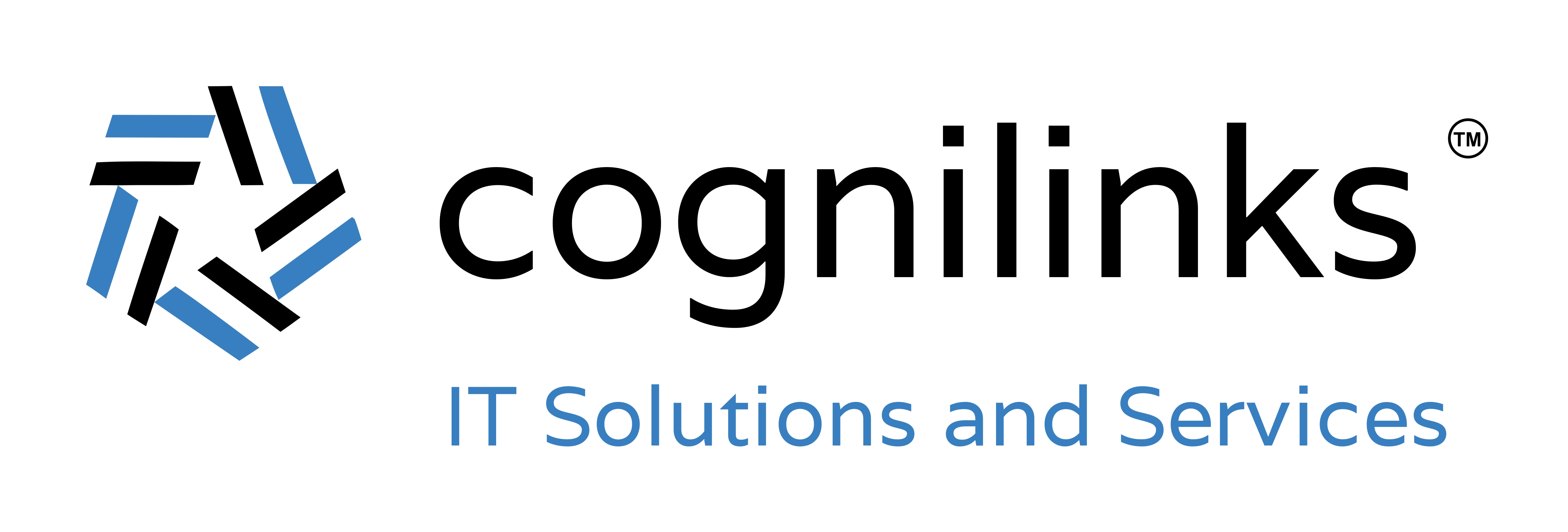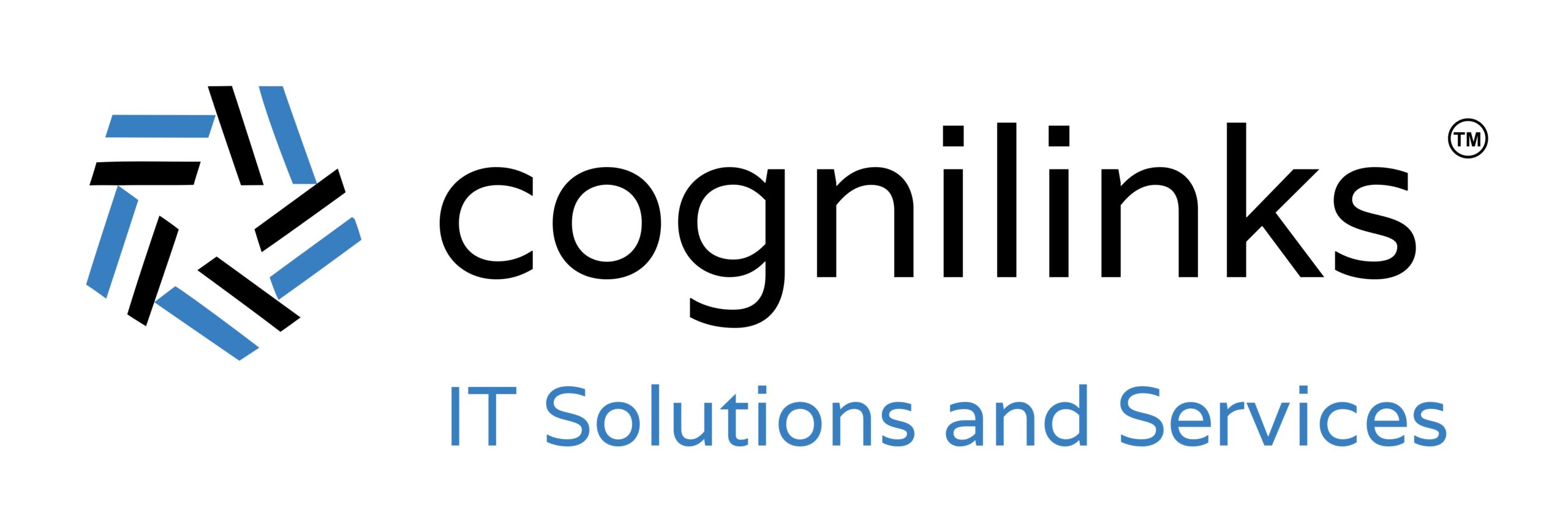The Entrepreneurial Operating System can help your business focus on growth

As IT professionals, the concept of an operating system is a basic principle for us. Without Windows, macOS or even iOS, our devices wouldn’t run.
But what about an operating system for your business? Is that a crazy idea?
No, it’s not. If you think of an operating system as the fundamentals of how you want your business to operate, it makes perfect sense.
That’s where EOS comes in.
Have you heard of it before? EOS – or the Entrepreneurial Operating System – is a framework to help optimize how your business runs.
EOS has the potential to become the very core of your business, helping everyone to understand what they should be doing, and why.
It’s something that we feel not enough business owners are aware of. And while there may not be a direct link between EOS and your technology, we feel it could become an important tool in your business’s growth and development.
This guide is your introduction to EOS, so you can see if it’s right for you.
What is EOS?
EOS was designed and developed by Gino Wickman when he was just 21. He noticed that many of his fellow entrepreneurs lacked confidence and made mistakes when making business decisions.
He created EOS as a way of empowering business owners to take control of their companies in the right way, which would then allow them to take risks with confidence.
The model differs from others because it can be used by any business in any sector, anywhere in the world.
There are six key components that you focus on, in the right order (we’ll look at them in a moment). These allow you to strengthen your business, prime it for growth, and make sure everyone in the business understands their role and the part they play in the business’s success.
The program has a heavy focus on a comprehensive business strategy, as well as management theories which help you:
See the best way of doing what you want to do
Keep control of your business
Make fewer mistakes along the way
Before any business gets started with EOS, your whole team should read Gino Wickman’s book Traction. This will help everyone understand exactly what needs to change, and more importantly, why. It helps everyone to realize their role in the change and why everyone must pull together.
The 6 key components
EOS focuses on 6 key components that will help you get the most out of the program and see the best results from your work. Each component must be followed for the highest chance of success.
Vision
As we’ve mentioned, you need to get everyone in the business on board. The entire team needs to know where the business is going and how you’re going to get there
People
You can’t achieve great vision without great people. Surround yourself with a great team from the top to the bottom
Data
You must reduce the business down to a simple set of numbers that will give you the exact view of where you are, at a very simple, straightforward level
It’s only when these first three components are strong that you are able to develop an open, honest business. You can’t move on to the next three components until you’ve made everything visible, allowing you the right focus for the next steps.
Issues
You’ll become excellent at problem-solving, making sure that business issues disappear for the long-term rather than temporarily
Process
You’ll learn to systemize your business by identifying and documenting all of its core processes. These define the way you run the business, so you need to create consistency and scalability
Traction
This step allows you to bring discipline and accountability to your people. Everyone should know what they’re supposed to be doing, and what will happen if they don’t
Principles
While the key components tell you what you’ll gain from using EOS, the principles tell you how you’ll get there.
Strategy
Your first step is to create a plan for how to run your business. Yes, you probably have a good idea how to run your business already. But this will look at what you want to accomplish, who will be involved in helping, and what resources you’ll need
Execution
Of course, when you have a plan, you’ll need to understand how to execute it. This stage helps ensure every new idea in your strategy has been well thought out in order to prevent you making mistakes. Careful consideration means your strategy will have the very best chance of success
Control
The other thing you need is the right control mechanisms and business operating tools. This gives everyone clear guidelines what they should be doing and what will happen if tasks aren’t completed properly
Your initiatives
As part of your strategy, you’ll be setting goals and initiatives. These may be for yourself, or for the wider business to get involved with. Whatever the initiative, it should be broken down depending on its size and the commitment needed to complete it.
Boulders
These are your big initiatives that will take the most time. A good example of a boulder would be a new product or service that you’d like to introduce
Rocks
These are the medium-sized initiatives. They take up some time, but they’re not necessarily enormous tasks that need huge teams and months to develop. An example may be creating an app or refreshed website for your business
Pebbles
Yes, you’ve guessed it, these are the smallest of your initiatives. Things that you need to get done but that won’t be all-consuming. A new hire might fall into this category.
Your people
We all know that a business is nothing without its people. In EOS, there are three roles that are absolutely vital if you want success. You’ll need to carefully consider who takes on which role, as well as anything they might need from you in order to fulfil the role to the best of their ability.
The visionary
Ideally, this will be your role as the business owner. It involves coming up with new ideas for products and/or services your business can offer. The operators – your team – are there to support you by being experts at their jobs and helping to bring your ideas to life
The leader
The leader’s role is to support the visionary to reach their goals as both an entrepreneur and at an operational level. They will provide support as and when its required, and take on an innovator role, too
The integrator
This role is designed to unite the visionary and the leader. They should have a wealth of experience to provide support that helps with real, measurable business growth
Your main consideration is to understand how your whole team will fit together to make sure each area in your strategy gets the right support at the right time.
However, it’s also important that your people are given the right level of autonomy throughout the process. This can be a delicate balancing act, but when you have the right people in the right roles, navigating the rest shouldn’t be too difficult.
Anything else?
EOS doesn’t use many traditional benchmarks, but it does leave room for your business to create its own unique culture and systems that most accurately reflect the company and its values.
An official EOS implementer is a popular choice for businesses that want to benefit from another level of accountability and direction. This is someone who works directly for EOS and will – at extra cost – come into your business and set up the whole process for you.
This could be a good choice. It means you’re able to commit fully without wondering if you’re doing everything the right way…
While this isn’t a program that will deliver fast results, its potential to improve everything from a business’s culture to employee mindset and even business growth is enormous.
If you’d like any help or advice on how your technology can work alongside EOS, or you’d just like to discuss your IT requirements, we’d love to talk. Get in touch.
Ph:609-309-9939

